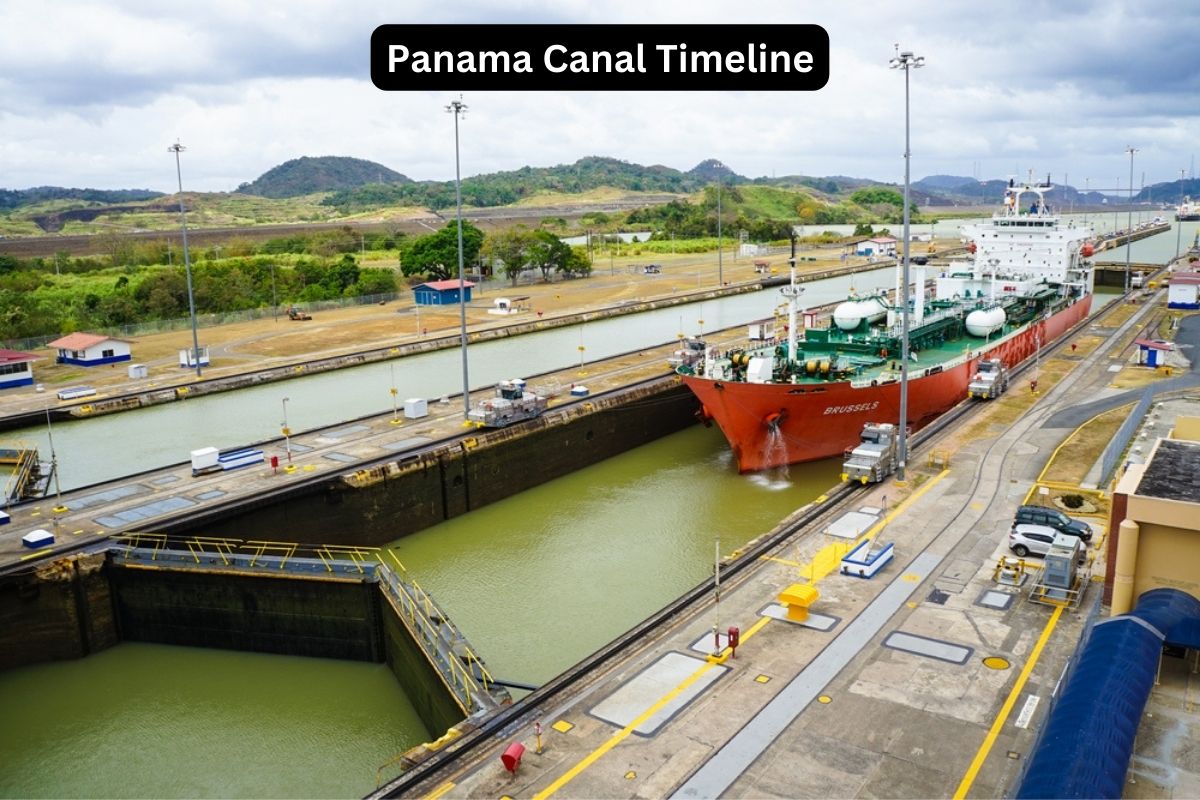The Panama Canal stands as one of the most significant engineering marvels of the modern era, connecting the Atlantic and Pacific Oceans through the narrow isthmus of Panama.
Its construction, which began in the early 20th century under U.S. leadership, involved overcoming daunting challenges including rugged terrain, tropical diseases, and intricate engineering obstacles.
Upon its completion in 1914, the canal revolutionized global maritime trade by providing a vital shortcut for vessels traveling between the world’s two largest oceans.
Over the years, the canal has undergone various changes, including the transfer of control to Panama in 1999 and a major expansion project completed in 2016, enabling the passage of larger ships and further enhancing its significance in facilitating international commerce.
| Year | Event |
|---|---|
| 16th Century | Spanish explorers note the possibility of a canal across the Isthmus of Panama. |
| 19th Century | Interest in building a canal across Panama increases due to the California Gold Rush. |
| 1855-1857 | The Panama Railway is constructed, providing a transportation link between the Atlantic and Pacific. |
| 1881-1889 | The French attempt to build the Panama Canal under Ferdinand de Lesseps but fail due to engineering challenges and disease. |
| 1903 | Panama gains independence from Colombia with U.S. support; Hay-Bunau-Varilla Treaty grants U.S. control over the canal zone. |
| 1904-1914 | United States successfully constructs the Panama Canal under George Washington Goethals’ leadership. |
| 1977 | Torrijos-Carter Treaties are signed, transferring control of the canal from the U.S. to Panama by 1999. |
| 1999 | Panama assumes full control of the canal on December 31, 1999. |
| 2007 | Construction begins on a major expansion project to build new locks, doubling the canal’s capacity. |
| 2016 | Expanded Panama Canal, featuring larger “Panamax” locks, opens for commercial traffic. |
Timeline of the Panama Canal
16th Century: Spanish explorers note the possibility of a canal across the Isthmus of Panama
During the 16th century, Spanish explorers, including Vasco Núñez de Balboa, traversed the Isthmus of Panama. They noted the narrow strip of land between the Atlantic and Pacific Oceans and recognized the potential for a canal to connect the two bodies of water.
Also Read: Facts About the Panama Canal
However, due to the lack of advanced engineering techniques and the challenges posed by dense tropical forests and rugged terrain, the idea remained unrealized at that time.
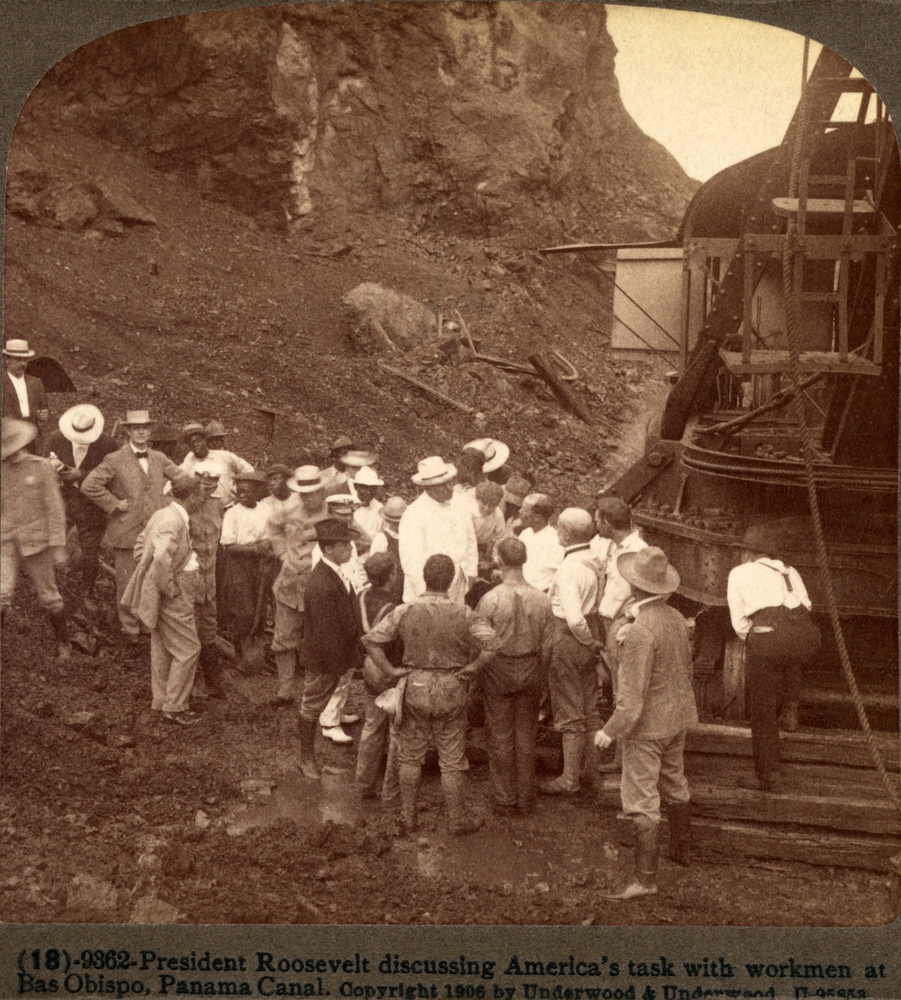
19th Century: Interest in building a canal across Panama increases due to the California Gold Rush
The 19th century brought renewed interest in the concept of a canal across Panama, primarily fueled by the California Gold Rush of 1848.
The rush of people traveling to California in search of gold created a pressing need for quicker transportation routes between the east and west coasts of the United States.
A canal through Panama promised to significantly shorten the journey, eliminating the long and dangerous voyage around Cape Horn at the southern tip of South America.
1855-1857: The Panama Railway is constructed, providing a transportation link between the Atlantic and Pacific
Responding to the increased demand for a quicker passage between the Atlantic and Pacific Oceans, the construction of the Panama Railway commenced in 1850 and was completed in 1855-1857.
Also Read: History of Columbia Facts
The railway provided a vital link between the Atlantic port of Colón (then known as Aspinwall) and the Pacific port of Panama City. It was the first transcontinental railroad in the Americas, facilitating faster and safer transportation for travelers and goods across the isthmus.
The Panama Railway served as a precursor to the eventual construction of the Panama Canal, demonstrating the feasibility of connecting the two oceans through the narrow land bridge of Panama.
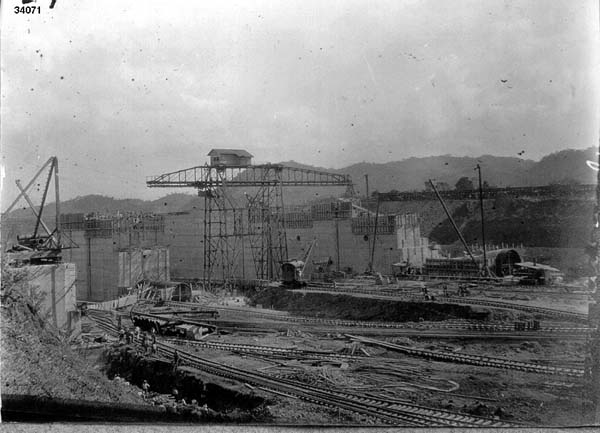
1881-1889: The French attempt to build the Panama Canal under Ferdinand de Lesseps but fail due to engineering challenges and disease
In the late 19th century, inspired by the success of the Suez Canal, the French made a bold attempt to construct a canal through Panama. Led by the famous engineer Ferdinand de Lesseps, who had overseen the construction of the Suez Canal, the French began work on the Panama Canal in 1881.
However, the project faced significant challenges. The tropical climate, rugged terrain, and prevalence of mosquito-borne diseases such as malaria and yellow fever took a heavy toll on the workforce. Engineering difficulties, including landslides and the need to cut through mountainous regions, further hampered progress.
Despite substantial investment and effort, the French ultimately abandoned the project in 1889, facing financial ruin and staggering losses of human life.
1903: Panama gains independence from Colombia with U.S. support; Hay-Bunau-Varilla Treaty grants U.S. control over the canal zone
In 1903, Panama, with the backing of the United States, declared its independence from Colombia. This move was partly motivated by Panama’s desire to negotiate a treaty with the U.S. that would allow for the construction of a canal.
Following Panama’s declaration of independence, the Hay-Bunau-Varilla Treaty was quickly negotiated between Panama and the United States. This treaty granted the United States control over the Panama Canal Zone, a strategic strip of land where the canal would be constructed.
1904-1914: United States successfully constructs the Panama Canal under George Washington Goethals’ leadership
With control over the Panama Canal Zone secured, the United States embarked on a monumental engineering feat to construct the Panama Canal.
Under the leadership of Chief Engineer John F. Stevens and later Colonel George Washington Goethals, the U.S. faced formidable challenges but ultimately succeeded in completing the canal.
The project involved innovative engineering solutions, such as the use of locks to lift ships over the terrain and the implementation of rigorous disease control measures to combat malaria and yellow fever.
The construction of the canal was a testament to human ingenuity and perseverance. On August 15, 1914, the Panama Canal was officially opened, revolutionizing global maritime trade by providing a shortcut between the Atlantic and Pacific Oceans.
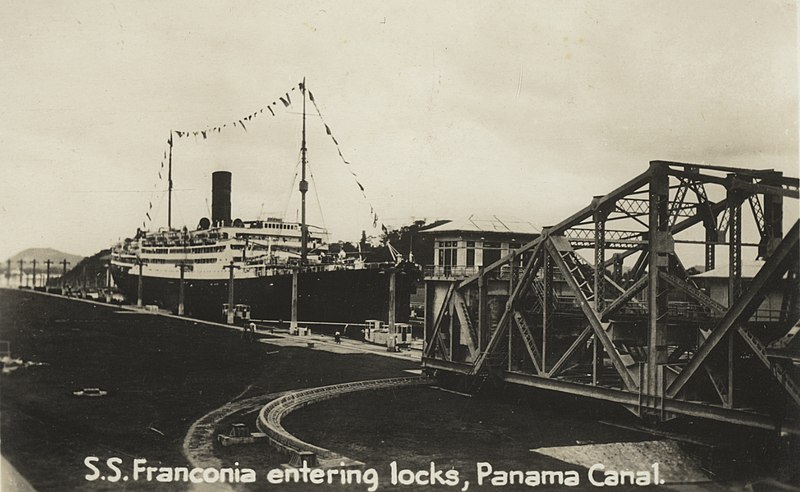
1977: Torrijos-Carter Treaties are signed, transferring control of the canal from the U.S. to Panama by 1999
The Torrijos-Carter Treaties, signed in 1977 between Panama’s military leader General Omar Torrijos and U.S. President Jimmy Carter, marked a significant turning point in the history of the Panama Canal.
These treaties aimed to address Panama’s longstanding demand for sovereignty over the canal zone and the eventual transfer of control to Panama. The treaties outlined a plan for the gradual transfer of responsibilities, culminating in the full transfer of the canal to Panama on December 31, 1999.
1999: Panama assumes full control of the canal on December 31, 1999
On December 31, 1999, Panama assumed full control of the Panama Canal, marking the end of nearly a century of U.S. control over the strategic waterway.
The transfer of control was a momentous event for Panama, symbolizing its sovereignty and control over a vital artery of global trade. Panama immediately began managing and operating the canal, ensuring its continued functioning as a key facilitator of international maritime commerce.
2007: Construction begins on a major expansion project to build new locks, doubling the canal’s capacity
In 2007, Panama launched a major expansion project aimed at modernizing and increasing the capacity of the Panama Canal. The expansion project involved the construction of a new set of locks alongside the existing ones, allowing for the passage of larger vessels known as “New Panamax” ships.
The expansion aimed to accommodate the growing demands of global trade and maintain the competitiveness of the canal in the face of increasing maritime traffic.
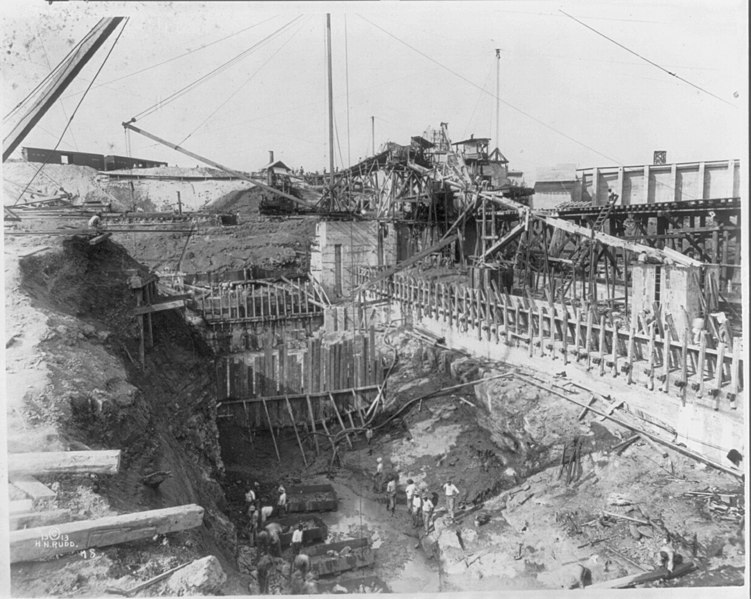
2016: Expanded Panama Canal, featuring larger “Panamax” locks, opens for commercial traffic
After nearly a decade of construction, the expanded Panama Canal was officially opened on June 26, 2016. The expansion project doubled the canal’s capacity and allowed for the transit of significantly larger ships, including container vessels, bulk carriers, and liquefied natural gas (LNG) carriers.
The new locks, known as the “Panamax” locks, featured state-of-the-art engineering and technology, enabling the canal to accommodate the evolving needs of the maritime industry. The opening of the expanded canal marked a new chapter in its storied history, reaffirming its position as a critical artery of global trade and economic development.
